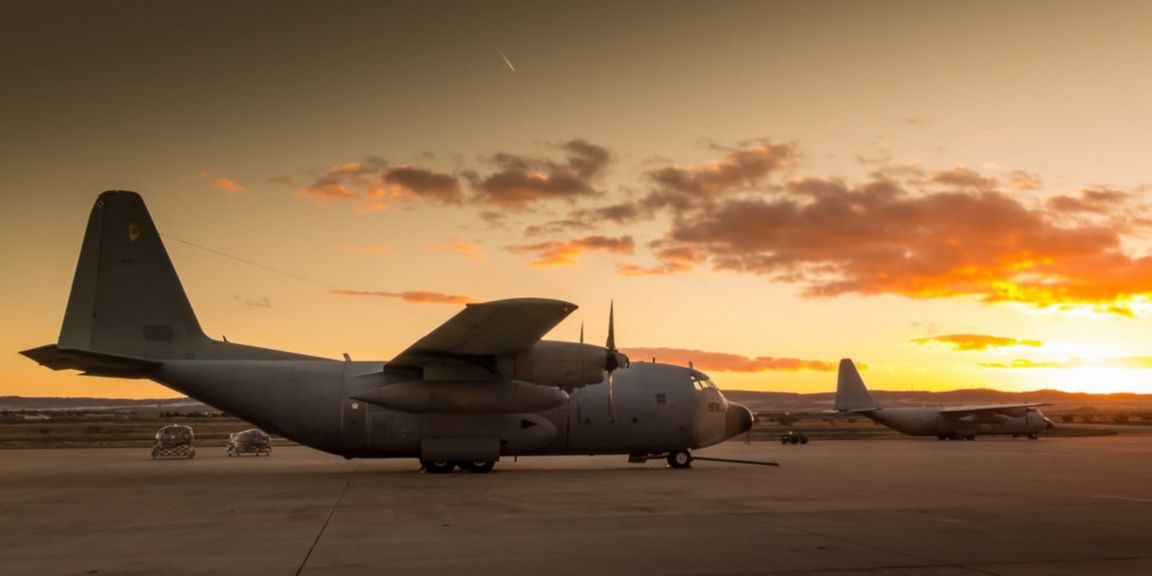Cabin Pressure Control Systems

The new Honeywell DCPCS raises the bar on reliability, operating costs and dormant function failure detection compared to current systems using brushed DC technologies. Brushless dc auto motor and built-in test of the altitude limit and manual control function enables operators to improve dispatch reliability and mission effectiveness. Higher reliability also means reduced downtime, lower operating costs and less maintenance.
Specifications
Performance
Key Benefits
- 30% weight reduction and smaller size than prior generation systems
- High dynamic performance due to faster valve control
- Improvement in reliability over brushed and pneumatic systems
- In the event of an auto system failure, there is reduced pilot workload, due to new cabin altitude hold function (U.S. patent pending)
- Lower operating costs due to reduced in-service testing requirements
- Our systems can enable creative uses of cabin air

